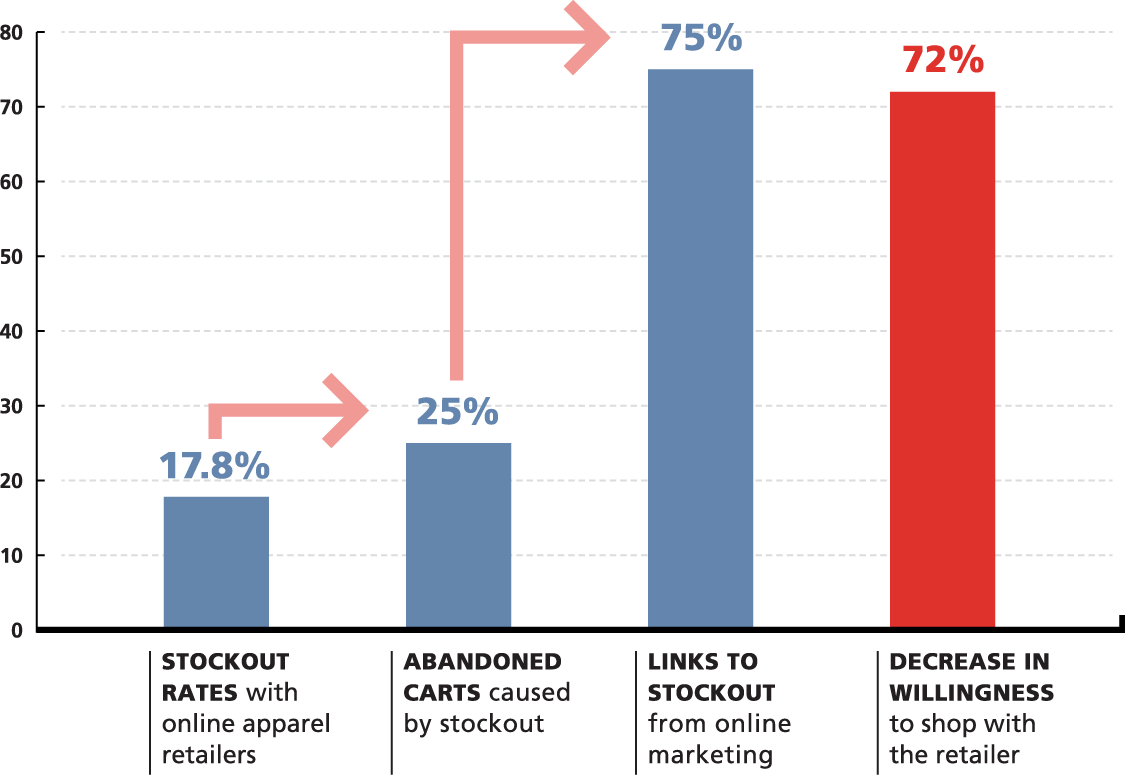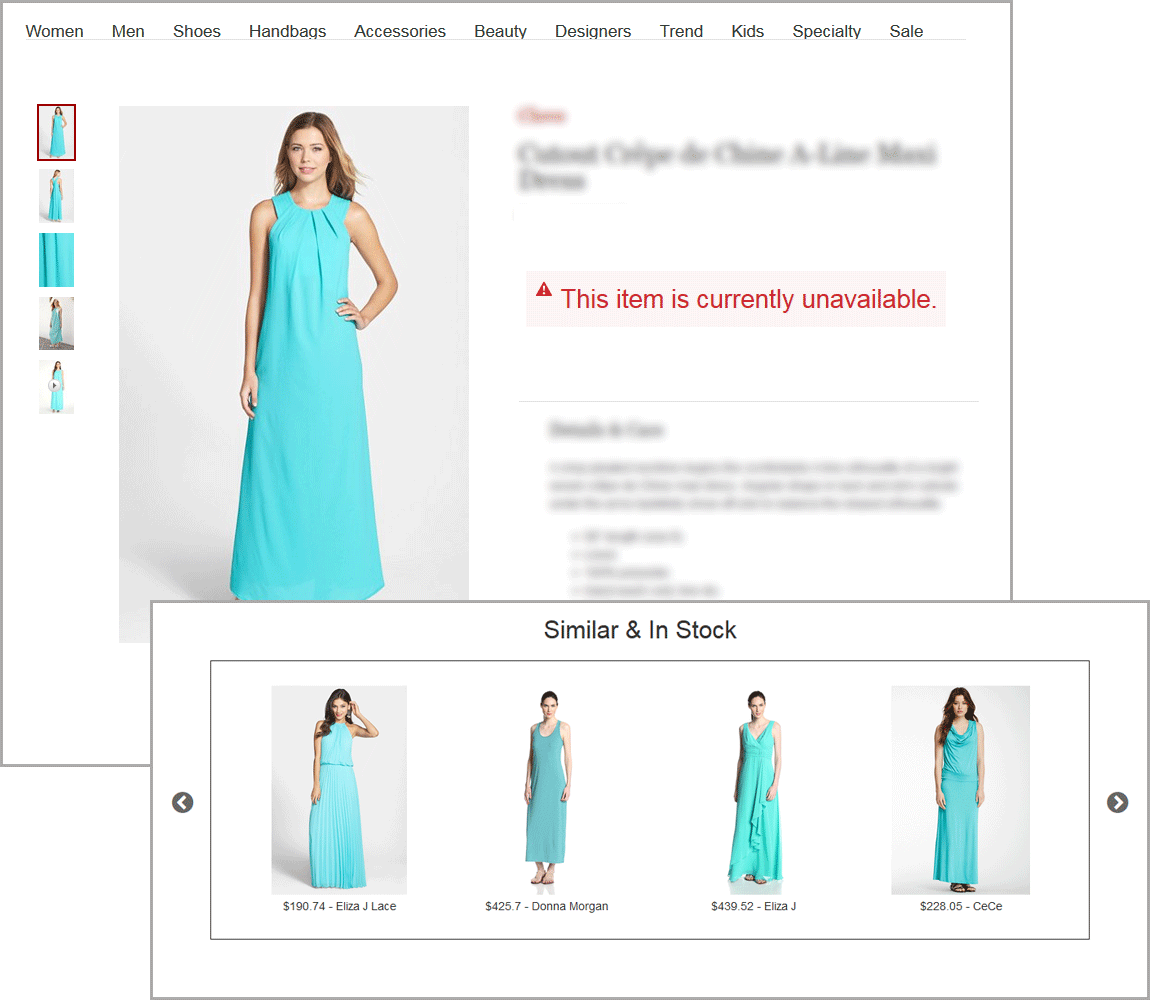
To try the demo, simply drag Pcsso Suggest link onto your Bookmarks Bar.
-
- If you're using Safari, first press Command+Shift+B keyboard shortcut.
- If you're using Chrome, first press the Ctrl+Shift+B keyboard shortcut (Command+Shift+B on Mac).
- If you're using Firefox, first click Alt on the keyboard, then click View -> Toolbars -> Bookmarks Toolbar.
- If you're using IE 9+, first click Alt on the keyboard, then click View -> Toolbars -> Favorite Bar.
- Next, drag the Pcsso Suggest link onto your Bookmarks Bar.
- Once you're done, click the bookmark you created to continue.

